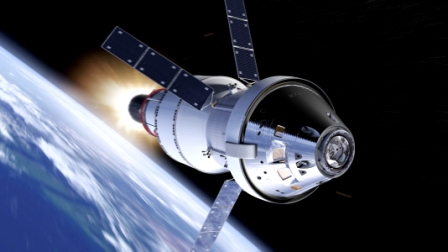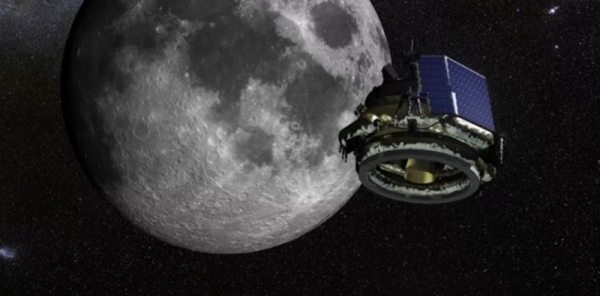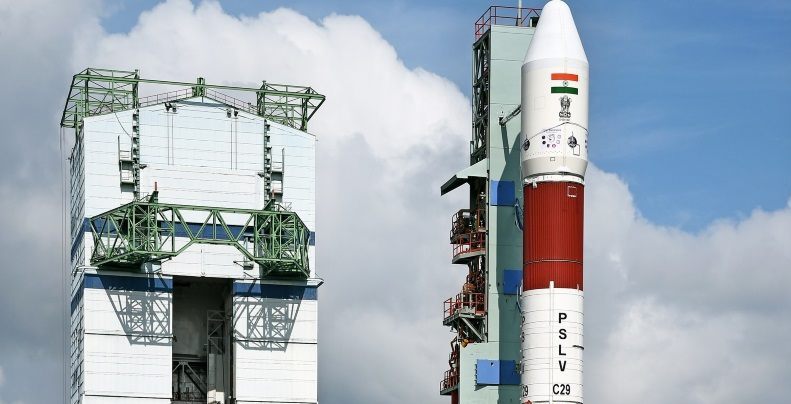
A representational photo.
NEW DELHI (PTI): The Gaganyaan mission to send humans to the space will comprise three crew members and reach the lower orbit of the Earth in just 16 minutes after the launch and stay in the space for five to seven days, Indian Space Research Organisation (ISRO) Chairman K Sivan has said.
In his Independence Day address this year, Prime Minister Narendra Modi had announced the ambitious mission of sending an Indian astronaut to space by 2022.
India will be the fourth country after the USA, Russia and China to send humans to space.
After the take off of the mission, it will reach the orbit in 16 minutes. The crew module, while making a return to the Earth, will splash in the Arabian Sea off the Gujarat coast. Alternate provisions have also been made for a landing in the Bay of Bengal or even on land, he added.
Once the crew module reaches 120 kms from Earth's surface, it will land in just 36 minutes, he added.
Addressing a press conference on Tuesday, Sivan said the mission may be executed six months before India completes its 75th Independence Day with the help of GSLV Mk-III launch vehicle.
The spacecraft will be placed in a low earth orbit of 300-400 km and the total programme cost is expected to be less than Rs 10,000 crores, he said.
Minister of State in the PMO Jitendra Singh said the mission is much cheaper in comparison to other man missions sent to space.
The crew will be selected by the Indian Air Force and ISRO jointly after which they will undergo training for two-three years.
"They also have to conduct experiments," Sivan said noting that thrust of the experiments will be on micro gravity.
The ISRO will also take inputs from Rakesh Sharma, first Indian to travel to space. Sharma, a former Indian Air Force pilot who flew aboard Soyuz T-11, launched in April 1984.
The mission, Sivan said, will comprise a crew module, service module and orbital module, weighing approximately seven tonnes, and will be carried by a rocket and the crew module's size will be 3.7 metres x 7 metres.
While the ISRO has perfected the engineering aspects of the mission, Sivan said, bioscience is a new field for the ISRO and requires collaboration and support from other organisations.
"To accelerate the programme, ISRO may consider collaborations with space agencies from friendly countries with advanced space programmes," he added.
 Previous Article
Previous Article Next Article
Next Article












The Indian Air Force, in its flight trials evaluation report submitted before the Defence Ministry l..
view articleAn insight into the Medium Multi-Role Combat Aircraft competition...
view articleSky enthusiasts can now spot the International Space Station (ISS) commanded by Indian-American astr..
view article